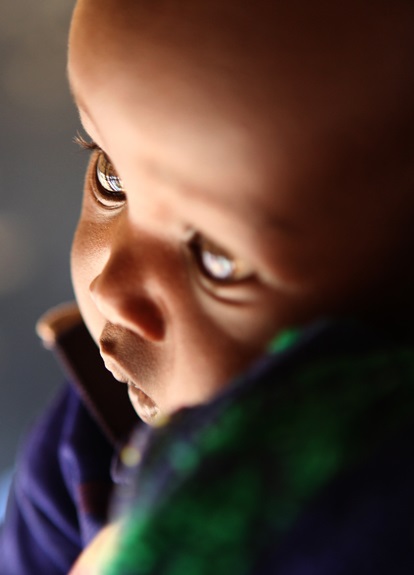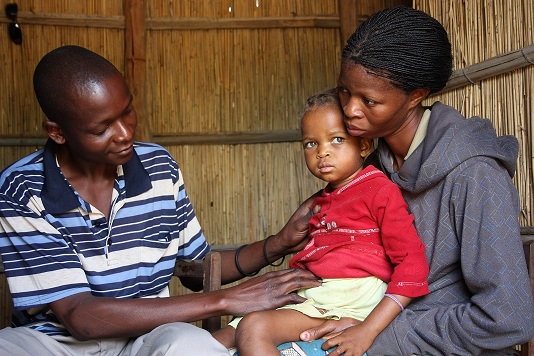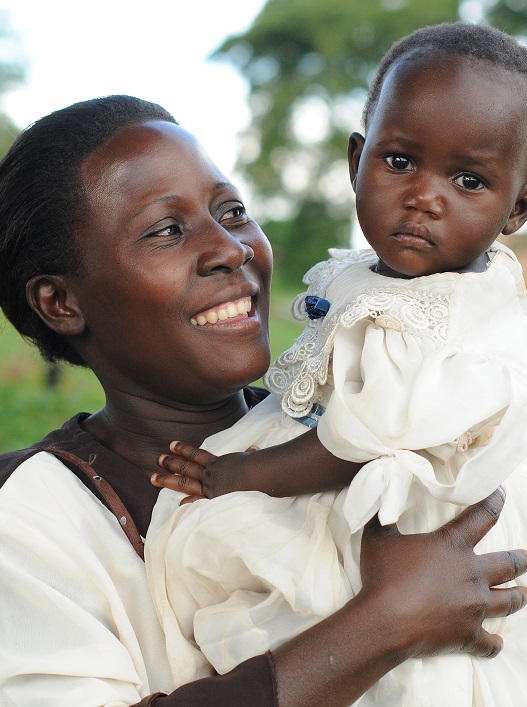Childhood Illnesses
 |
6.6 million children died before their fifth birthday in 2012 according to UNICEF’s latest figures. Global progress in reducing child deaths since 1990 has been significant. In 1990, the number of deaths of children under five was estimated to be 12.6 million. Despite these gains, child survival remains an urgent concern. At current child mortality rates, an estimated 18,000 young children die per day. Almost half of these deaths occur in Sub-Saharan Africa and the vast majority are from preventable and treatable causes such as pneumonia, diarrhoea and malaria. Globally, more than a third of under-five deaths are attributable to under-nutrition. |
|
The conditions that contribute most to childhood illnesses and mortality are treatable, but each requires a unique response. Research shows that pneumonia can be treated successfully at the community level with a treatment course of oral antibiotics (relieving the burden on overstretched hospitals). Increasing zinc intake and improving personal hygiene are two more proven preventative measures that have some role in reduction of deaths due to pneumonia, though their main role is in the reduction of morbidity and mortality associated with diarrhoea. Other effective measures include increasing immunisation coverage, breastfeeding practices and lowering exposure to indoor air pollution. Diarrhoea can be treated very simply through oral rehydration salts (ORS), increasing zinc intake and improving hygienic practices. For malaria, artemisinin combination therapies (ACTs) remain the most effective means of treatment.
|
 |
Our Approach
 |
Malaria Consortium is committed to the control and prevention of communicable diseases that kill and impoverish children. Malaria Consortium works to secure the access of high-risk groups to prevention, care and treatment of malaria and other communicable diseases including pneumonia, diarrhoea and neglected tropical diseases. We strive to improve and support public health services and educate key figures at the community level, key interventions that have been shown to increase childhood survival. We believe that mobilising communities to take charge of their own health problems is important in the fight for improved overall health outcomes and improved child survival. To this end, innovative community-based platforms have been developed through village health clubs and community dialogues. Malaria Consortium recognises the symptom overlap between malaria and pneumonia and is working with partners to expand the home based management of malaria strategy to include diagnosis and treatment of pneumonia. We are also working closely with governments and partners to expand community based strategies to include management of diarrhoeal diseases and implementation of best practices to achieve improvements in child survival. Our areas of focus are:
|